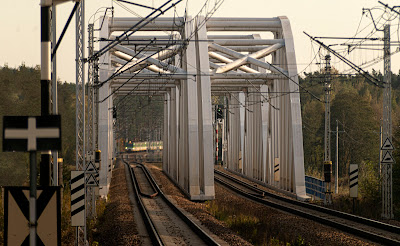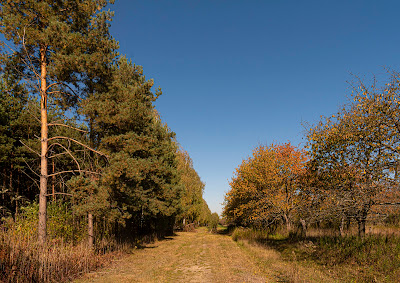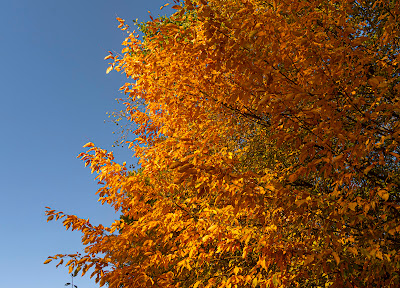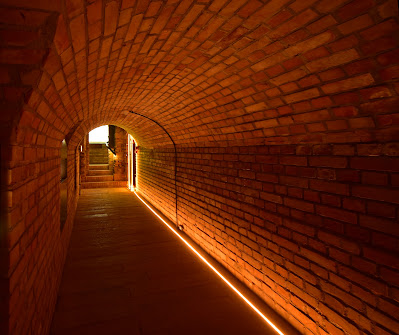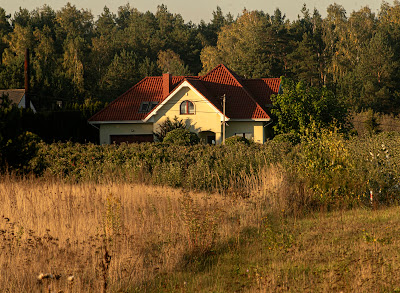The entry ticket reads 11:05; I check my phone on leaving – it says 16:05. So I spent five hours in a museum, and to be honest, an extra 30 minutes could have come in handy, but there was a train to catch.
The museum in question is Gdynia's Emigration Museum. The initial plan was to pop in, do it, and go for a seaside walk around the shoreline to the cliffs to the south, at Redłowo and Orłowo. But the museum proved so compelling that rushing it proved impossible. Around 14:00 I checked the time and realised that three hours had passed and there were still several sections still to visit!
Sadly, Wikipedia's English-language page fails to convey just how impressive the museum is:
The Emigration Museum (in Polish: Muzeum Emigracji) is a museum located in the city of Gdynia, Poland. Opened to the public on 16 May 2015, it showcases 200 years of Polish emigrations, from the 19th century to modern days. It is located in the former Maritime Station, which from the 1930s until 1979 was a transit building from which thousands of Polish emigrants left for their new homelands. The building was refurbished in mid-2014 at a cost of PLN 49.3 million.
Neither does the museum's website do it justice; Google helpfully suggests setting aside 1.5 to 2 hours to visit the place, located inside the old ocean terminal building of the port of Gdynia.
Why did it resonate with me so much? Why such an amazing museum it undersell itself?
I soon realised that it's vastly more than just about emigration. It is about that – but also it's about deportations, ethnic cleansing, exile and escape. Above all it tells the story of tens of millions of Poles, uprooted by circumstance or choice. It is, rather, a museum of Polish history explained through the prism of the mass-movement of human beings. At the outset, I'd imagined that the stories told would not involve me – but there, in one of the very first exhibits, was a photo of the school my mother attended in Palestine in 1943, and in that photo – can't read the tiny names... isn't that my aunt, Irena?
The museum takes on a historical journey from the late middle ages through to Poland's accession to the EU in 2004, and starts by setting out Poland's geopolitical and ethnographic situation at the height of its ascendency as a European power in the 17th century. Historically a refuge for the persecuted, including Jews, Catholic Scots, Mennonites and Evangelists, Poland switched to become a source of net emigration after it was partitioned at the end of the 18th century.
The brutally suppressed insurrections against Russian rule in 1831 and 1863 drove many Poles to emigrate, but the largest and longest wave of Polish emigration was from Galicia, the southwestern part of the country under Austro-Hungarian rule, in the second half of the 19th century. While the tragic story of the Irish potato famine and the wave of emigration that it spurred is well known, I did not know that potato blights and other famine events hit Galicia with regularity at that time, the last famine there being in 1913. Rural overcrowding, poverty and lack of opportunity drove generation after generation to leave their places of birth and seek a better life abroad.
The exhibition here goes into great detail about the typical emigrant journey, from a poor village outside Rzeszów to Chicago in the 1890s. The introduction of the steamship from the 1860s on, and America's willingness to take in the huddled masses, led to a huge flow of emigrants from Poland, as well as Italy, Ireland and Germany. This phenomenon shaped the US into the country it is today. Without such a huge boost to its the labour force and consumer market, the US would never have established itself as a global industrial and military power by the start of the 20th century.
Below: a model of Polish steamship, the MS Batory, which plied the Atlantic between 1935 and 1971. During WW2, it served as a troopship for Allied forces. [The Batory should not be confused with the later TSS Stefan Batory, in service with the Polish shipping line between 1952 and 1988.]
Below: exhibit showing the journey from New York to Chicago. Also of note are the exhibits showing the glamour, bustle, excitement and sophistication of New York and Chicago by the end of the 19th century – and the contrast with poverty stricken Galicia.
The culture shock that met rural Poles on their first contact with New York at that time – already a city of 4m inhabitants – with its skyscrapers, overhead railways, department stores, entertainment and restaurants is made clear. But to get there, one had to be filtered through Ellis Island, where all third-class migrants were screened for disease, criminality, and later, literacy. Some 2% of all newcomers were put back on ships bound for Europe. But most were allowed in after facing many hours of indignity. Chicago beckoned many Poles, the meat-packing yards needed manpower. Poles fanned out across the States, got rich, but never quite forgot their homeland.
Less well-known are the stories of Poles who emigrated to Latin America in the 19th and early 20th centuries. There's a section about Ernest Malinowski, the engineer who designed the Trans-Andean Railway in Peru, and fascinating snapshots of life in rural Polish communities across Brazil at the time.
WW2 is focused on – the mass deportations of millions of Poles into the USSR and Nazi Germany; the forced labour camps; the resettlement at the war's end; the fate of those who returned to communist Poland; the wanderings of Poles with Anders' army and Polish government in exile – all these stories are thoroughly told through many voices (you can listen on headphones while scrolling through photos and letters). Much is told about the London government in exile and its role in keeping alive the flame of a free Poland, and Radio Free Europe and the BBC World Service Polish section are also mentioned. These were people of my parents' generation, political refugees rather than economic migrants.
Of greatest relevance to Poles today are the two galleries showing life in communist Poland and the fall of communism. The many attempts to escape, the trading routes across the communist bloc (going on holiday to Bulgaria, East Germany, the USSR or Hungary to sell Polish products in short supply there and bring back goods in plentiful supply on those markets but lacking in Poland), and the day-to-day difficulties in life in an oppressive and inefficient system and beautifully portrayed. The role of Pope John Paul II in the struggle against communism is highlighted, including his visit to London to meet Polish emigres living there (at which I was present). The Solidarity movement, founded down the coast in Gdańsk, is also explained in detail, in the context of how it was supported by Polish communities around the world.

The final section is about the most recent wave of emigration – after Poland joined the EU. Complex and nuanced, the museum brilliantly shows the upsides and downsides of emigration. It is worth going to Gdynia to see – but to get the most out of it, set aside at least five hours!
Emigration policy will become a crucial test for every rich-world government. Those that do it right will prosper – those who either close their doors or else let everyone in will not.
This time five years ago:
Down the track from Chynów to Warka
This time six years ago:
The possibilities of a quantum universe
This time seven years ago:
More about sleep
This time 12 years ago:
On behalf of the workshy community
This time 13 years ago:
Classic truck cavalcade
This time 14 years ago
Narrow back-roads clogged with commuters
This time 15 years ago:
Autumn gold, Łazienkowski Park
This time 17 years ago:
Of bishops and bands
















